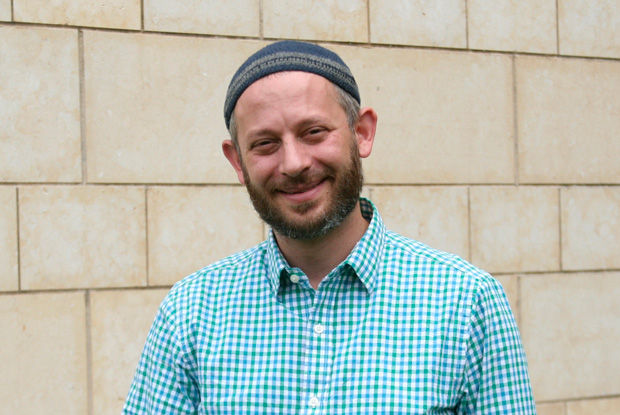The enduring power of the ‘Ten Utterances’
Published February 4, 2015
Do you know the Ten Utterances (sometimes called the Ten Commandments, even though they contain within them more than 10 discrete imperatives)? Do you believe it is worth knowing the Ten Utterances, or are you even aware of the story of the giving of the Ten Utterances? If so, ask yourself, “Why?” Why is it that a single event occurring in a somewhat mysterious location, far away from the eyes of the majority of the world’s inhabitants, thousands of years ago before contemporary mass media, is so well known and so widely considered to be of moral and spiritual significance?
That must have been some good teaching!
Rabbi Samson Raphael Hirsch recognized the power of this educational moment when, in his commentary, he characterized our geographic and spiritual condition as follows:
[T]he time of of their wandering in the wilderness was indeed the High School of the Jewish Nation. To spread the Torah, the Teachings of God through every stratum of society of the Jewish nation was to be their task for all the coming centuries …
– Rabbi Samson Raphael Hirsch on Shemot 18:13-15
The Holy Blessed One put us in the wilderness – an undefined and “placeless” place to learn divine service – as a community. These moments in the wilderness, perhaps especially our moments of receiving, practicing and teaching Torah, prepare us for our “graduation” as we enter the Land of Israel and enjoy the full power and responsibility of self-determination.
Moshe’s father-in-law, Yitro, suggests the following process and social structure to facilitate this learning:
You look-into, from all the nation, valorous people who fear God, people of truth who hate inappropriate-personal-gain; and put these over them – ministers of the thousands, ministers of the hundreds, ministers of the fifties and ministers of the tens.
– Exodus 18:21
In looking closely at Yitro’s suggested social structure, Rabbi Hirsch sees that the human responsibility for proliferating justice and teaching Torah cannot live with a single person or with a single voice in the community. He recognizes the job of the ministers of the 1000s, 100s, 50s and 10s as proliferating justice and learning:
… [T]hese chosen ones of the people were appointed not only for deciding legal processes, but they were also responsible for the teaching of the people. The Teachings which were revealed to Moshe were transmitted by them to the people, explained and elucidated to the people, and kept vividly alive in the minds of the people by them.
– Rabbi Hirsch on Shemot 18:21
Rabbi Hirsch seems to be suggesting that the responsibility of learning and teaching Torah and of keeping it “vividly alive” rests not exclusively with God or with Moshe, but with the roughly one in eight who comprise the teacher-judge corps of the people.
Rebbe Noson of Breslov, in his commentary, clarifies certain spiritual aspects of this teaching, elucidating the benefits of learning Torah with multiple teachers:
The Torah is a very great light which cannot be attained in its entirety; it must be divided into smaller units to be received.
– Likkutei Halakhot VII, p. 32
No single vessel, no one person, can grasp the full holiness and meaning of Torah. It thus becomes imperative that we learn Torah with multiple teachers. Taken together, these teachings remind us that multiple skilled teachers with multiple sensitivities and voices are required to help a community practice a Torah that is “vividly alive.”
One might even argue that the essential component of our divine service, both in the wilderness and today, is engagement with and proliferation of Torah – utterly saturating each other in the wisdom of and conversations about pursuing justice and serving God.
Knowing that so much is at stake, how do we find appropriate teacher-leaders for our communities?
Rabbi Nachman of Breslov turns his attention to this question in his examination of the first portion of verse 18:21:
Techazeh (You look-into) Literally means “you should see.” Moshe could see the true spiritual level of each of his followers. With that ability he could assign to each the proper level of responsibility within the community.
– Likkutei Moharan II, 72
Deep and enduring learning often requires that we learn a skill or a concept from multiple people and in multiple ways. We also know that, often, it is our relationships with our teachers that determine the depth and durability of our learning.
On this week of Parashat Yitro, may we all merit to seek out and to find Jewish teachers who truly see our spiritual selves, those of our children and those of the members of our community. In doing so, may we also bring ourselves closer to seeing and responding responsibly to the spiritual selves of others in our community.
Rabbi Scott Slarskey is director of Jewish life at Saul Mirowitz Jewish Community School.















